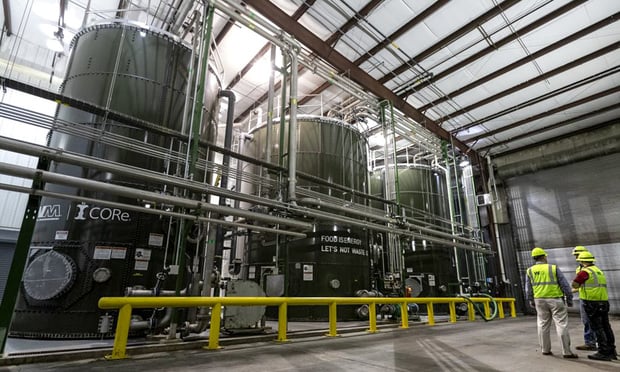SADDLE BROOK, NJ—Class A industrial properties in the North and Central New Jersey markets are the driving force behind the hot industrial market, CBRE says in a new report.
“One of the main reasons for the success of the class A industrial market is the consistent growth of e-commerce and, along with it, the growing demand for efficient facilities that can accommodate 'last mile' delivery solutions,” says Thomas Monahan, vice chairman of CBRE's New Jersey Industrial and Logistics Practice. “New generation class A facilities, with their larger size, expanded ceiling heights, wider column spacing, super-flat floors, perimeter security and expanded truck and car parking capacity, are best suited to accommodate the growing demands of e-commerce companies.”
Recommended For You
Want to continue reading?
Become a Free ALM Digital Reader.
Once you are an ALM Digital Member, you’ll receive:
- Breaking commercial real estate news and analysis, on-site and via our newsletters and custom alerts
- Educational webcasts, white papers, and ebooks from industry thought leaders
- Critical coverage of the property casualty insurance and financial advisory markets on our other ALM sites, PropertyCasualty360 and ThinkAdvisor
Already have an account? Sign In Now
*May exclude premium content© 2025 ALM Global, LLC, All Rights Reserved. Request academic re-use from www.copyright.com. All other uses, submit a request to [email protected]. For more information visit Asset & Logo Licensing.









